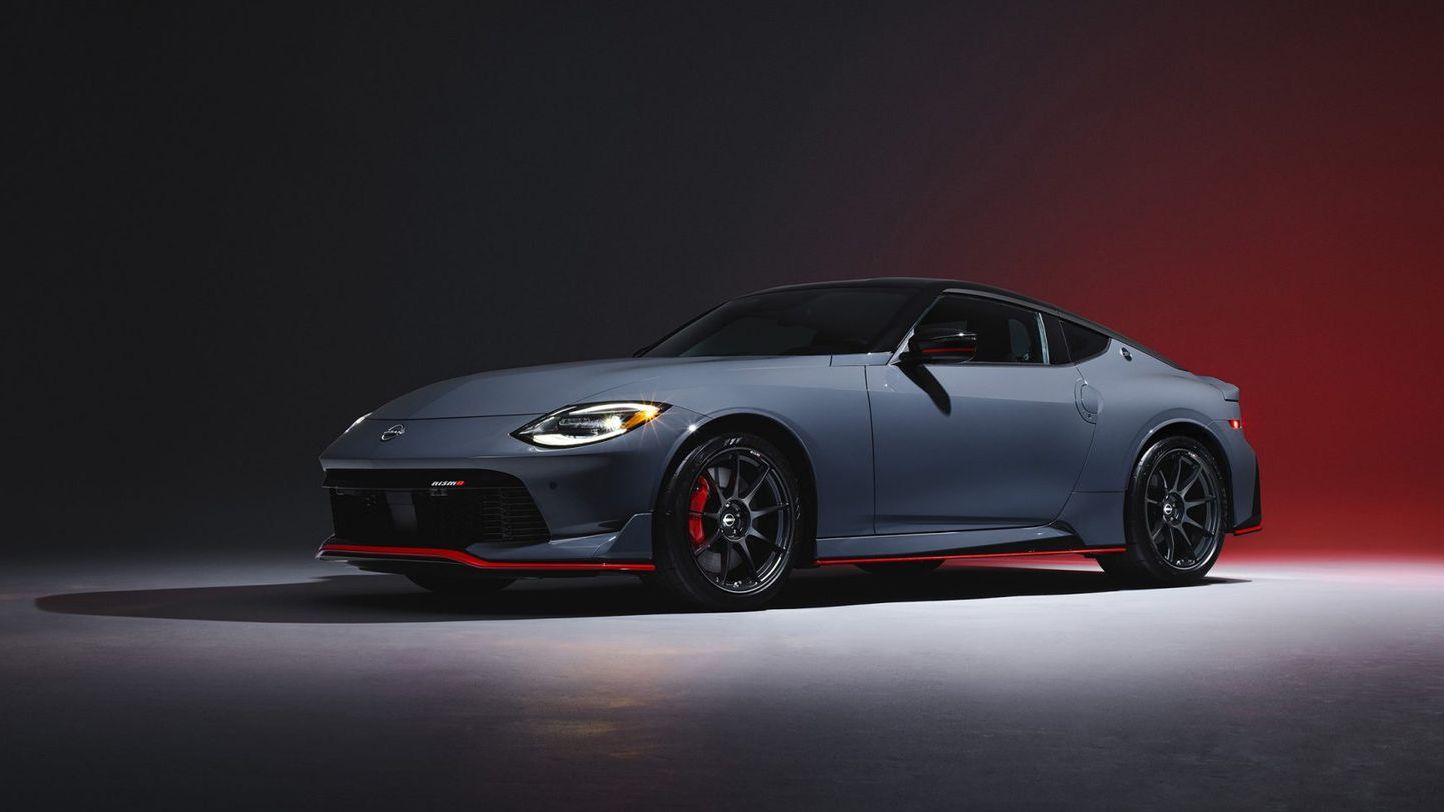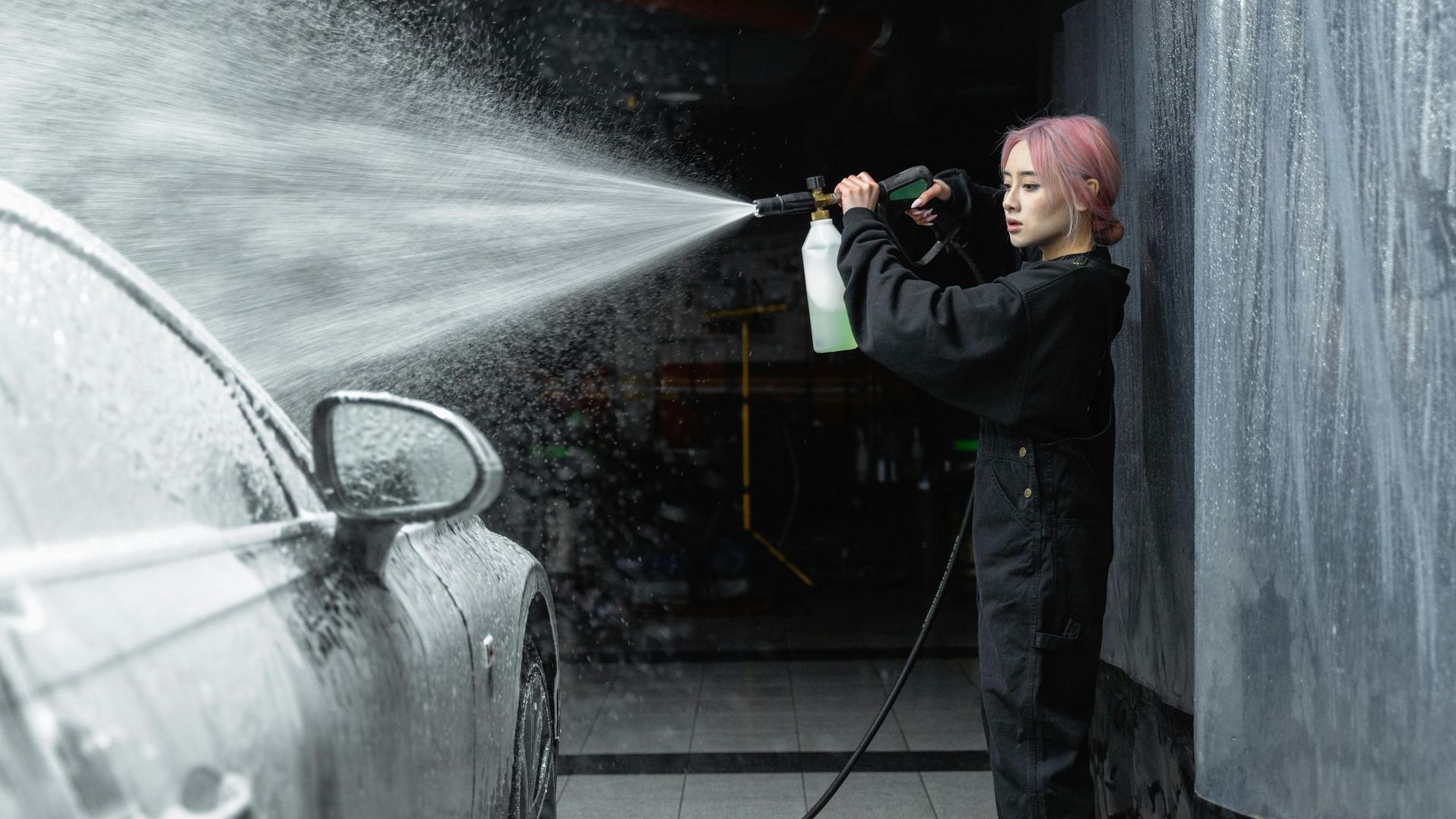Top 5 Performance Modifications to Boost Your Car's Speed and Handling
Unlock Your Car’s True Potential: The Best Performance Upgrades

Whether you’re a seasoned car enthusiast or new to the world of motoring, modifying your vehicle is one of the best ways to personalise it and enhance its performance. But with so many options, it can be challenging to know where to begin. Should you focus on power, handling, or something else entirely?
This guide highlights the top five modifications that deliver noticeable improvements, helping you get the most out of your car.
1. Performance Tyres
No matter how powerful your engine is, it’s your tyres that connect you to the road. Upgrading to high-performance tyres can drastically improve grip, handling, and braking performance.
Look for tyres that match your driving needs. If you enjoy spirited drives or track days, summer performance tyres offer exceptional grip in warm, dry conditions. For year-round use, high-performance all-season tyres balance grip and durability.
Tyres are an essential starting point because they not only improve performance but also enhance safety. A high-quality set of tyres can prevent skidding, improve cornering, and reduce braking distances, making them a worthwhile investment.

Benefits
- Improved Handling and Grip: Performance tyres are designed to provide superior traction, especially in dry conditions. They have a stickier rubber compound and more aggressive tread patterns, improving cornering ability and steering responsiveness.
- Better Braking Performance: The enhanced grip improves braking distances, allowing vehicles to stop more quickly in emergency situations or while cornering.
- Enhanced Stability at High Speeds: These tyres are built to handle high speeds more efficiently, offering better stability and control at greater velocities compared to standard tyres.
- Tighter Cornering: With more contact with the road, performance tyres allow for precise cornering, giving drivers confidence in tight turns or while navigating winding roads.
- Aesthetics and Style: Performance tyres often have a more aggressive, sporty look that complements high-performance cars, giving them a more appealing aesthetic.
Potential Drawbacks
- Reduced Comfort: The stiffer sidewalls and performance-oriented design can lead to a firmer, less comfortable ride, especially over rough roads or when driving at lower speeds.
- Quicker Wear: Due to the softer rubber compounds, performance tyres wear out faster than regular tyres. This can be particularly noticeable in high-performance driving conditions or on rough roads.
- Higher Cost: Performance tyres are generally more expensive than regular tyres. The higher price reflects the advanced technology and materials used in their construction.
- Increased Road Noise: The more aggressive tread pattern can result in increased road noise, making the driving experience less quiet compared to tyres with more gentle tread designs.
- Performance in Wet Conditions: While performance tyres excel in dry conditions, they are not always as effective in wet conditions. Some designs may struggle with hydroplaning, particularly at high speeds.
Approximate Costs
- Standard Performance Tyres: Depending on the brand and size, these can range from
$150 to $350 per tyre.
- High-Performance Tyres (for sports or luxury cars): These tend to be more expensive, ranging from
$300 to $600 per tyre.
- Track-Ready Tyres: For those specifically looking for tyres to perform on race tracks, costs can range from $500 to $1,000 per tyre.
2. Suspension Upgrades
Factory suspension systems are designed to prioritise comfort, often at the expense of handling. Upgrading to sport or coilover suspension can transform the way your car feels and performs.
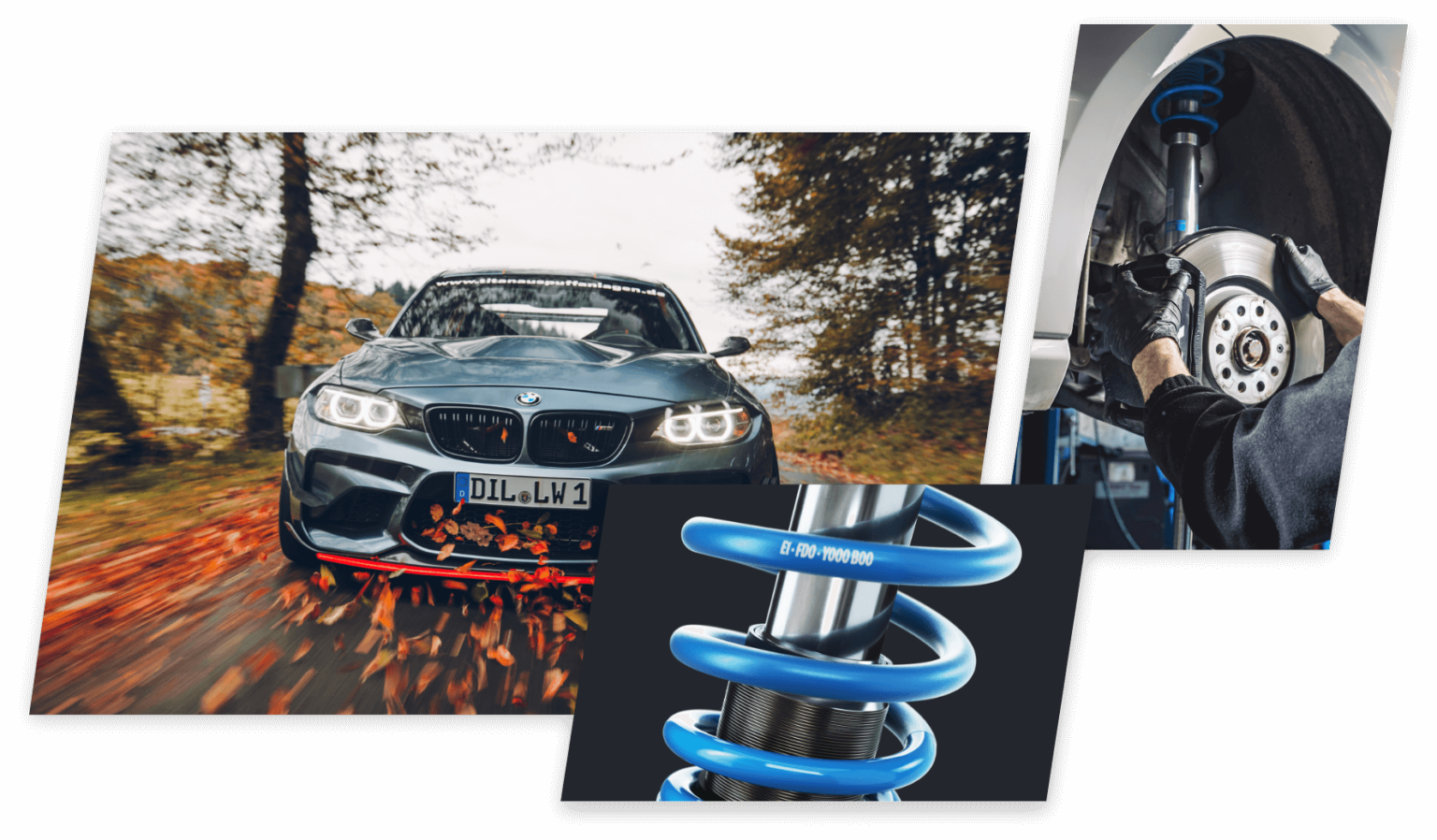
Benefits
- Improved Handling and Stability: Suspension upgrades, such as performance shocks, struts, or coilovers, can provide better stability and improved handling, especially during sharp turns, high-speed driving, or when carrying heavy loads.
- Better Ride Comfort: Upgrading to adjustable coilovers or softer shocks can enhance comfort by allowing more customization of the suspension stiffness. This can lead to a smoother ride, even on rough or uneven roads.
- Reduced Body Roll: Performance sway bars or upgraded anti-roll bars can reduce body roll when cornering, leading to better control and confidence during sharp turns or high-speed manoeuvres.
- Increased Ground Clearance: Upgrades such as lift kits or air suspension systems can raise the vehicle's ground clearance, making it easier to handle off-road terrain or large obstacles.
- Customisation for Specific Driving Needs: Suspension upgrades can be tailored to suit specific driving conditions. Whether you're looking for better street performance, off-road capability, or track-focused handling, there’s a wide range of upgrades to choose from.
- Improved Durability: High-quality suspension components can provide better longevity and reliability, especially in vehicles that are regularly used in demanding conditions.
Potential Drawbacks
- Costly Investment: Suspension upgrades can be expensive, particularly if you're upgrading multiple components (shocks, struts, coilovers, sway bars, etc.). The cost can add up quickly, especially for high-performance or specialty suspension systems.
- Increased Stiffness and Reduced Comfort: While performance suspensions improve handling, they can also lead to a stiffer ride. If you prioritize comfort over performance, the upgrade could lead to a harsher driving experience, especially on rough roads.
- Alignment and Maintenance: After installing a suspension upgrade, a wheel alignment is usually necessary. Additionally, some suspension upgrades may require more frequent maintenance or replacement parts, particularly if you’ve opted for race-oriented components.
- Impact on Fuel Efficiency: Depending on the type of suspension upgrade, the added weight or changes in aerodynamics can slightly affect fuel efficiency.
- Legal and Warranty Concerns: Some suspension modifications, especially those that involve drastic changes in ride height, might not be legal in some areas or could void the manufacturer’s warranty.
Approximate Costs
- Shock Absorber Replacement: Around
$100 to $400 per shock for standard replacements, or
$200 to $1,000 for performance shocks (per shock).
- Coilover Kits: These can range from
$500 to $2,500 depending on the brand and the specific type of system (street, race, adjustable, etc.).
- Sway Bars/Anti-Roll Bars: Typically priced between
$100 and $800 for a set.
- Lift Kits (for off-roading): Generally range from
$300 to $5,000 depending on the lift height and the vehicle type.
- Air Suspension Systems: Can cost anywhere between
$1,000 and $10,000 for complete kits, depending on the vehicle and brand.
- Performance Struts/Strut Bars: Typically range from $100 to $500 per part.
3. Intake and Exhaust Systems
Improving airflow is a key factor in unlocking your engine’s potential. Upgrading your car’s intake and exhaust systems is a relatively straightforward way to increase horsepower and torque.
An aftermarket intake allows your engine to breathe more freely, increasing efficiency and throttle response. Meanwhile, a performance exhaust reduces back pressure, which helps extract spent gases more effectively. Together, these upgrades can deliver a noticeable boost in power, better throttle response, and an enhanced engine note.
For those who appreciate the auditory experience of driving, a well-designed exhaust system not only improves performance but also provides a satisfying, throaty growl that makes every drive more engaging.
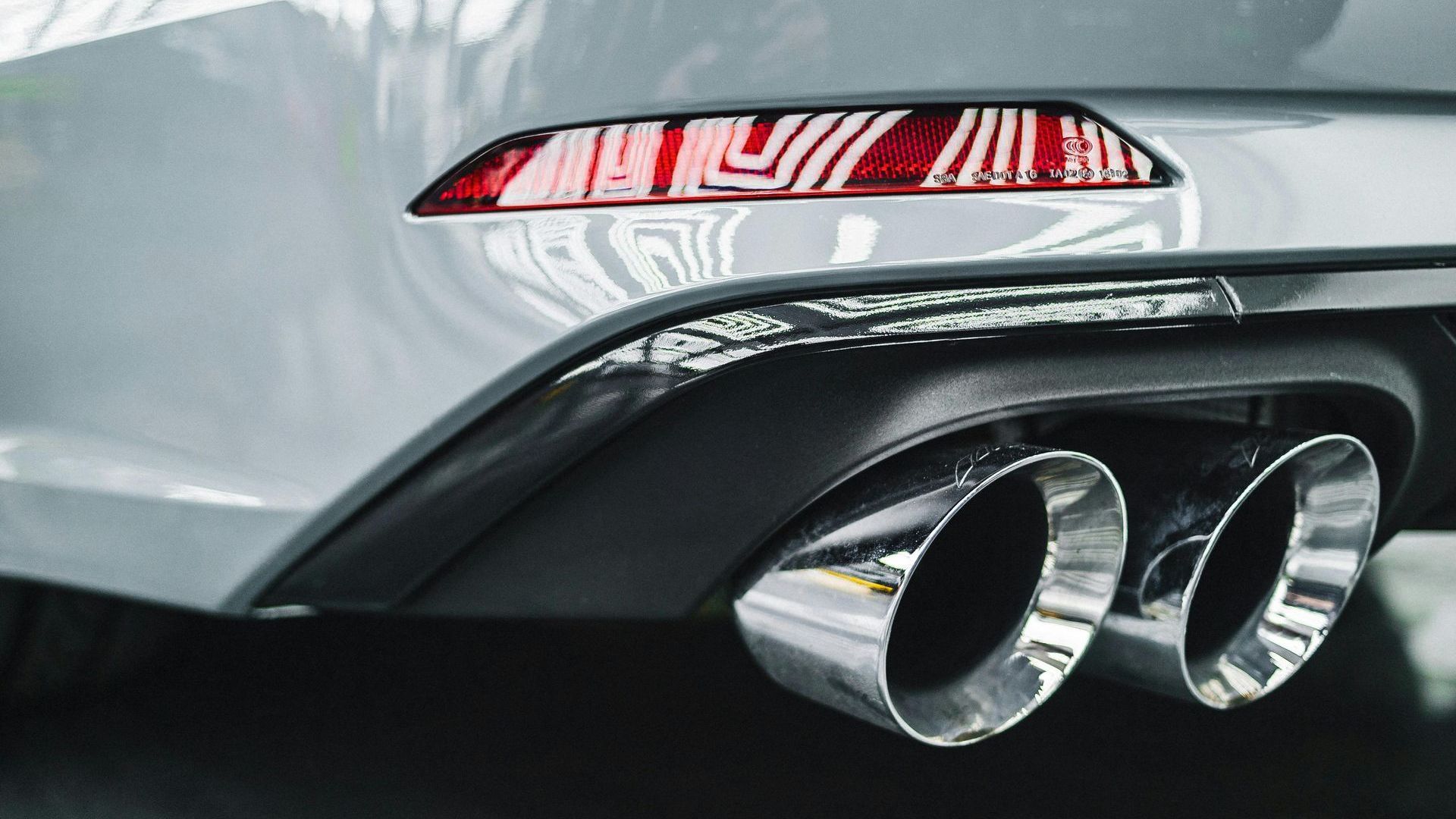
4. Braking System Enhancements
With increased car speed and power, you’ll need better stopping power. Upgrading your braking system is essential for performance and safety.
Consider installing larger brake discs, high-performance brake pads, and braided steel brake lines. These upgrades improve heat dissipation, reduce brake fade during extended use, and provide a more responsive pedal feel. Pairing these with high-temperature brake fluid ensures consistent performance under stress.
A robust braking system not only keeps you safe but also allows you to push your car harder, knowing you can stop reliably when needed. This confidence is invaluable, especially during high-performance driving.
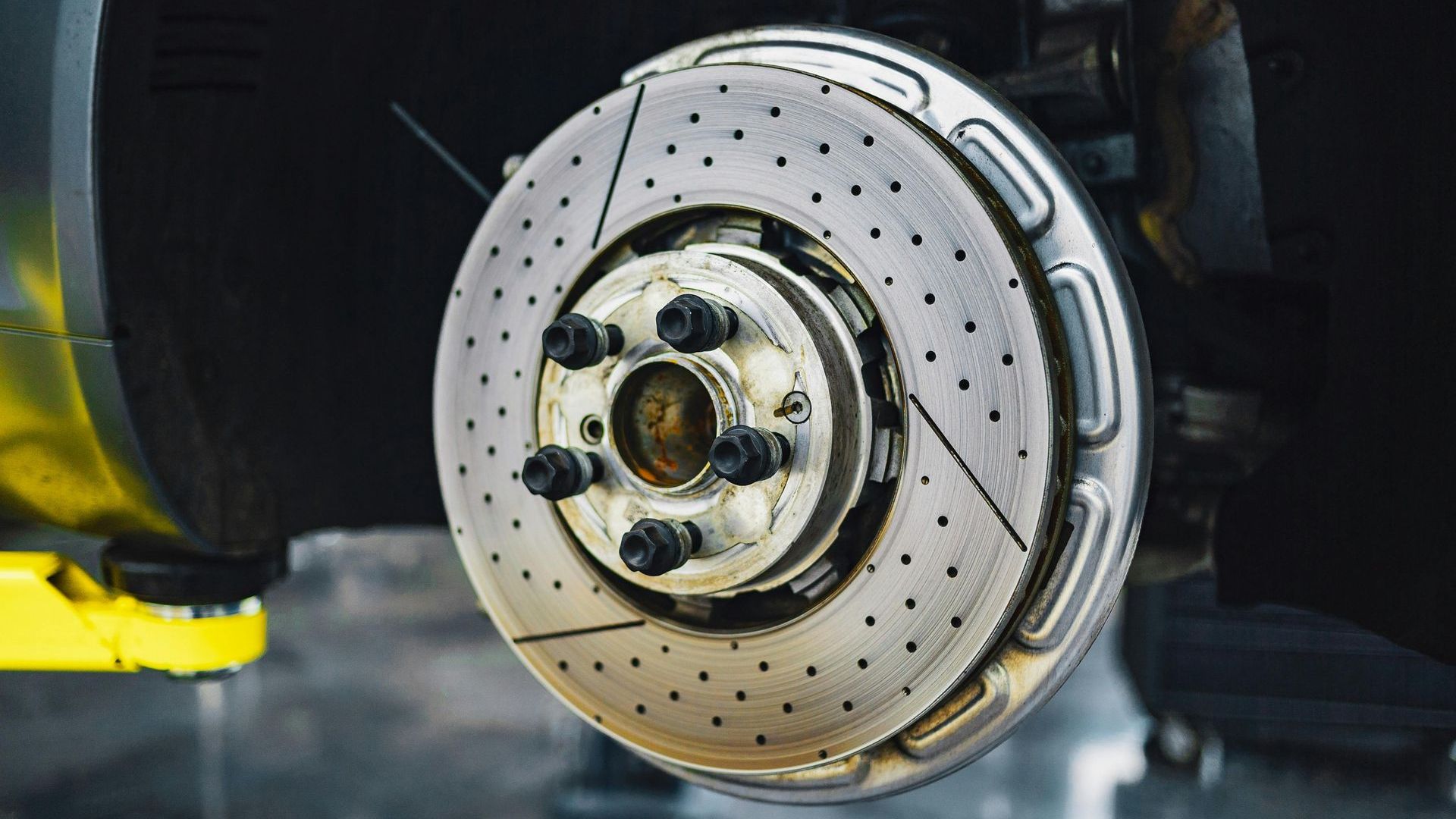
5. ECU Tuning (ECU Remapping)
Modern cars rely heavily on their electronic control units (ECUs) to manage engine performance. ECU Remapping optimises fuel delivery, ignition timing, and boost pressure in turbocharged engines.
A professional ECU tune is one of the best performance upgrades you can do and can significantly increase power and torque while improving fuel efficiency. However, it’s important to ensure your car’s mechanical components, such as the clutch and cooling system, can handle the extra stress before proceeding with this modification.
ECU tuning is one of the most effective ways to extract hidden potential from your car, making it feel sharper and more responsive with relatively minimal effort.
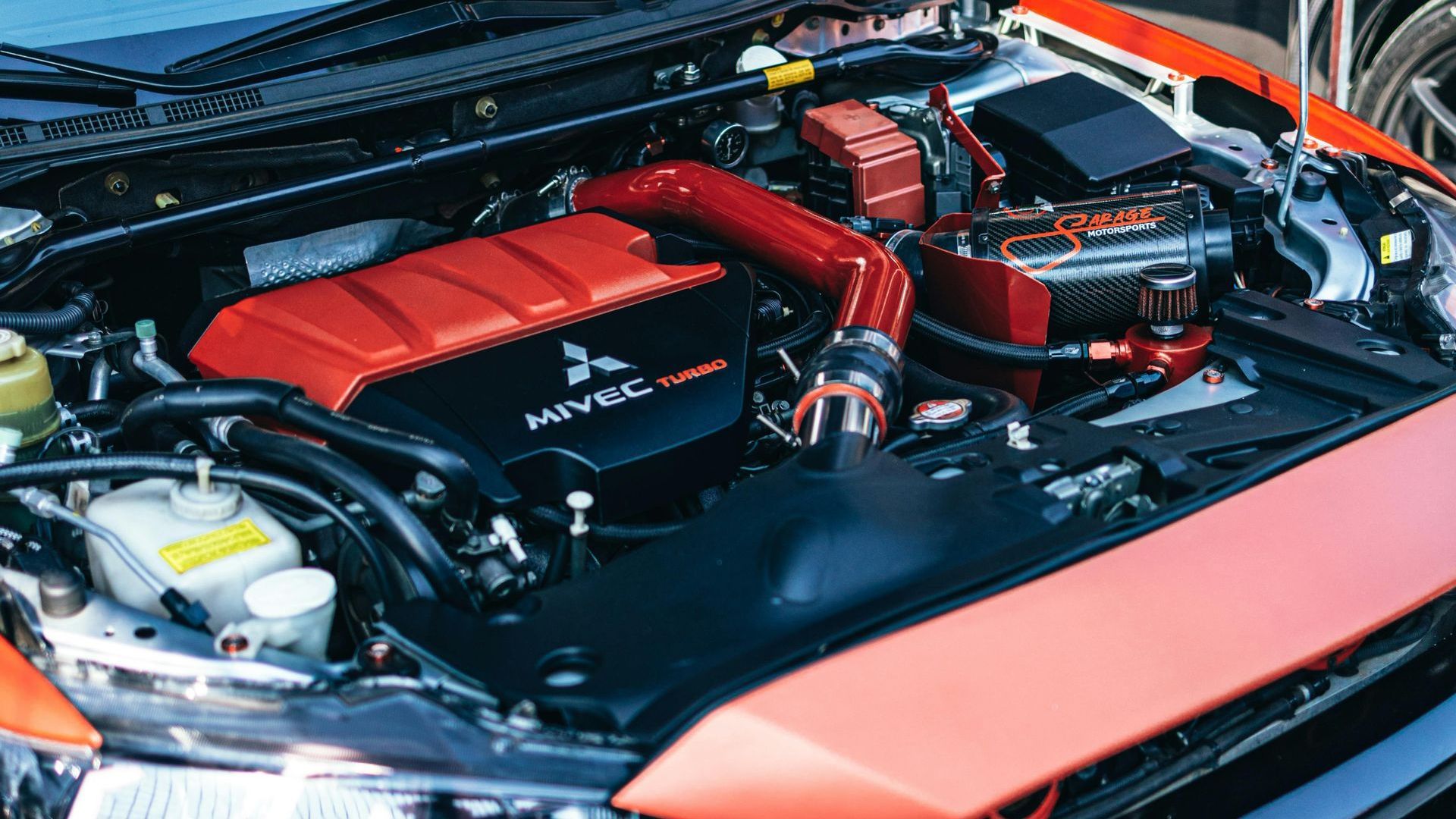
Wrapping Up
Each of these modifications offers a unique way to enhance your car’s performance. Start by identifying your priorities — whether it’s speed, handling, or overall driving enjoyment — and build your upgrade path accordingly.
Performance is about balance. A well-rounded car with upgrades in all areas will deliver the most satisfying driving experience. Remember to research thoroughly, consult professionals when needed, and ensure any modifications comply with local regulations.
Whether you’re upgrading for the thrill of spirited drives, the precision of track days, or simply a better daily commute, these modifications can help you transform your vehicle into something truly extraordinary. Enjoy the journey and happy driving!



